Hu Hongxia | Write for the new book of Uncle Zhong
Author:Economic Observer Time:2022.09.19
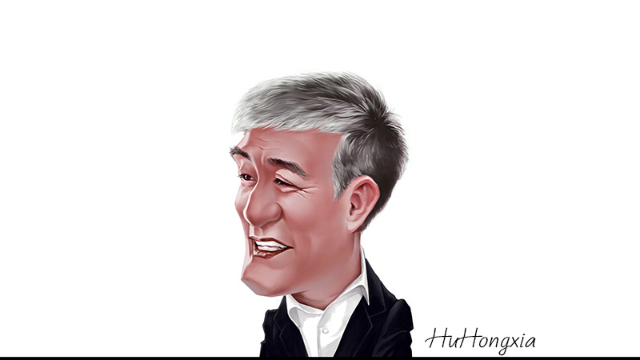
Everyone likes to call Mr. Zhong Chengquan, Shantou Chao Cai, who is "Uncle Zhong". A few months ago, I met him at the dinner at Momu Island, Shantou. Since then, I also yelled like this. I felt kind and convenient to express their respect from the heart. By the way, I could satisfy my vanity. Uncle "after calling, walking in the gourmet rivers and lakes, it seems to be specially traveled and professional.
From about 2007, I started to travel frequently in Shenzhen and Shantou. To go to the old city of Fuxi, chewing seafood in the old city is a must -have for the trip to Shantou. I know the name of "Zhong Chengquan", starting from his latest monograph "New Tide Cai Caixin: 108 Chaoshan flavors". I have no research on food culture, finding a taste in food, and never entered the room. The understanding of tide vegetables only stays at the level of wishing, daring to eat, and often eating. I couldn't read the books such as "Tide Cai Cai's Mind". I didn't expect to read it, especially in the book, "I am interpreted", and I read the warmth, the vicissitudes of history and the storms of the rivers and lakes.
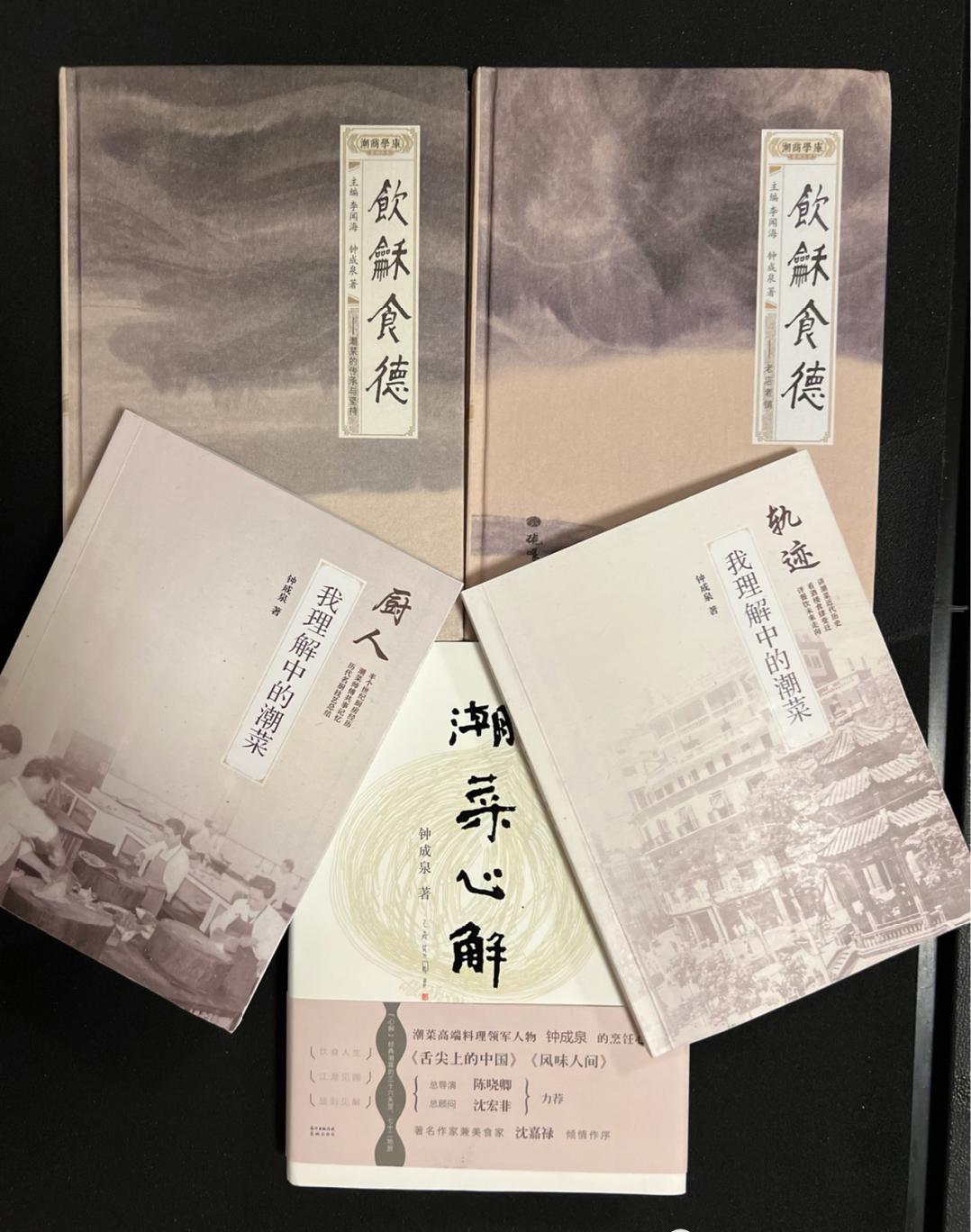
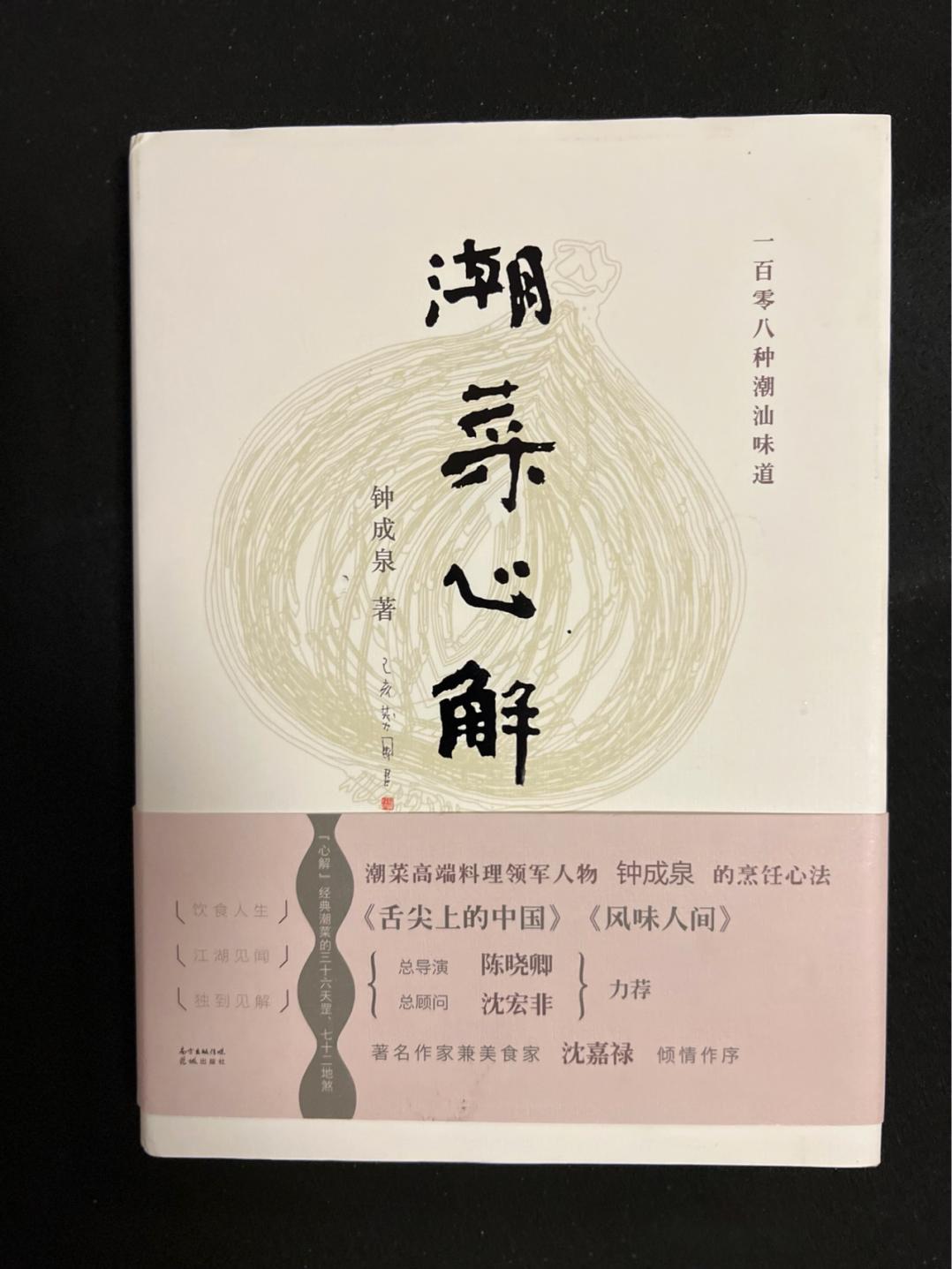
A few months ago, I talked about my feelings in this meal a few months ago. Uncle Zhong was very happy, saying that he liked to read "Water Margin" since he was a child, and later fascinated Jin Yongwu. He said that he hoped that some people, some things, some stores, and some tastes in the history of the tide of tide dishes, and do not forget future generations. After the three tours, the old Uncle Zhong suddenly said, "I may have a new book publishing, I hope the heroes can write a preface to me." How can I be eligible to write a new book for a generation of famous chefs? I was about to push off, but I was reluctant to lose the opportunity to make a handover with the text of the cooking master, so I said bravely: "You dare to give me the order of writing, I dare to pick it up."
I don't know when his new book has been drafted, but after the return of Shantou, I found two other books on the Internet "Drinking and Food Ethics: Old Stores and Old shops" and "Drinking and Food: Inheritance and Persistence of Chao Cai" Looking at it from time to time, I am interested in Chao Cai culture. I feel that I found a new entrance to explore the cultural world of Chaoshan, and realized a new perspective to observe the evolution of urban culture. I also often browse his public account "Old Store and Old Shop", and read his seemingly believed new and old graphics.
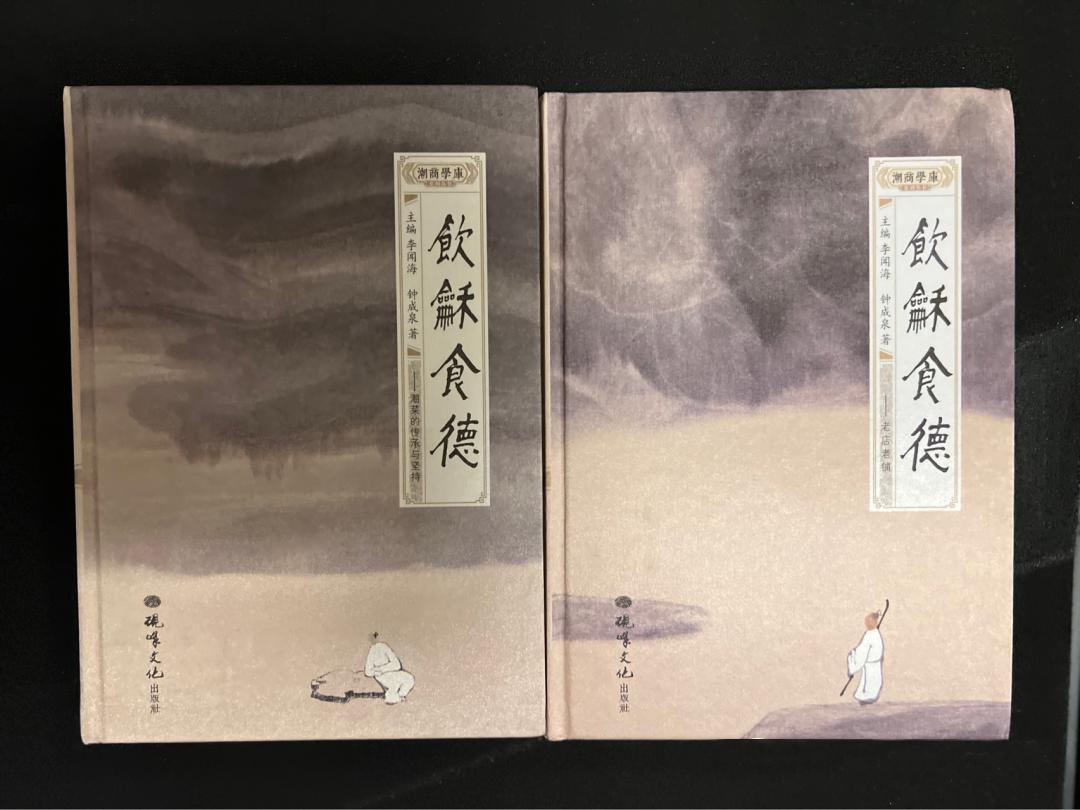
In the article entitled "The Tide of Shenzhen People" in October 2021, Uncle Zhong mentioned a thing that Shenzhen people should also pay attention to, that is, how Chaoshan cuisine integrates into the history of Shenzhen food culture. He said that he had reviewed the development of the tide and the tide in Shenzhen with his brothers. One of the famous Liu Wencheng, in the early 1980s, went south to Shenzhen. He recalled that at that time, there were Chaoshan migrant workers everywhere in Shenzhen Daxing Civil Engineering. Tide -style white porridge stalls and fish rice, mixed salty, small fried sale and so on were from time to time. Later, many Hong Kong tide merchants and Shantou bosses came to Shenzhen to seek development. The stalls on the street could not meet the appetite and banquet hospitality of Hong Kong merchants. Shenzhen's first regular and upper -level regular tide restaurant should be counted as the Ronghua Restaurant founded by Mr. Chen Huanrong, the owner of Shantou.
I immediately checked the Shenzhen Newspaper Group database and found that although there were reports that when I mentioned Ronghua Restaurant, the language was unknown. From this I think of the writing of the history of the city today, those historical ideas, archives, file compilation, academic research, etc. Although each has its own value, after all, the perspective is too single, the narrative is too dry, and the historical facts and the lack of other perspective historical facts and the historical facts and other perspectives and the historical facts and other perspectives and the historical facts and other perspectives and the historical facts and other perspectives. The details are. This may be the reason why most of the so -called "urban history" works are neither credible nor readable. The names, place names, and dish name mentioned when I wrote the Shenzhen Ronghua Restaurant in Shenzhen Ronghua Restaurant are actually indispensable details in history. With these specific and detailed details, the story has the truth, the narrative has the foundation, the history of history, and the time of the years.
As a result, I also realize that a master of cooking, taste, memory collectors and writers like Lao Zhong's meant to a city.
One: He has created a restaurant with a well -known and well -known restaurant for a city. This wine building has been prosperous for 30 years and is still prosperous. It has already become part of the city image, urban culture, and urban taste. In 50 years of cooking, he used famous dishes such as "Ancient Charcoal Burning Burning Snails", "Pigeon Swallow Swallow", and "Chicken Wing Wings" to make Donghai Restaurant a golden signboard in Shantou's food industry, and achieved the legend of the tide -generation generation.
Second: He across the industry and academic circles, Baoai tradition, cherish memory, be diligent in searching, and be good at writing. Not only does the master of the industry save chef stories and famous shops, contribute to the development trajectory and evolution literature to the academic circles, but also From the perspective of "taste -seekers", fill gaps for urban history, add details to urban culture, and renew the legend of cooking rivers and lakes.
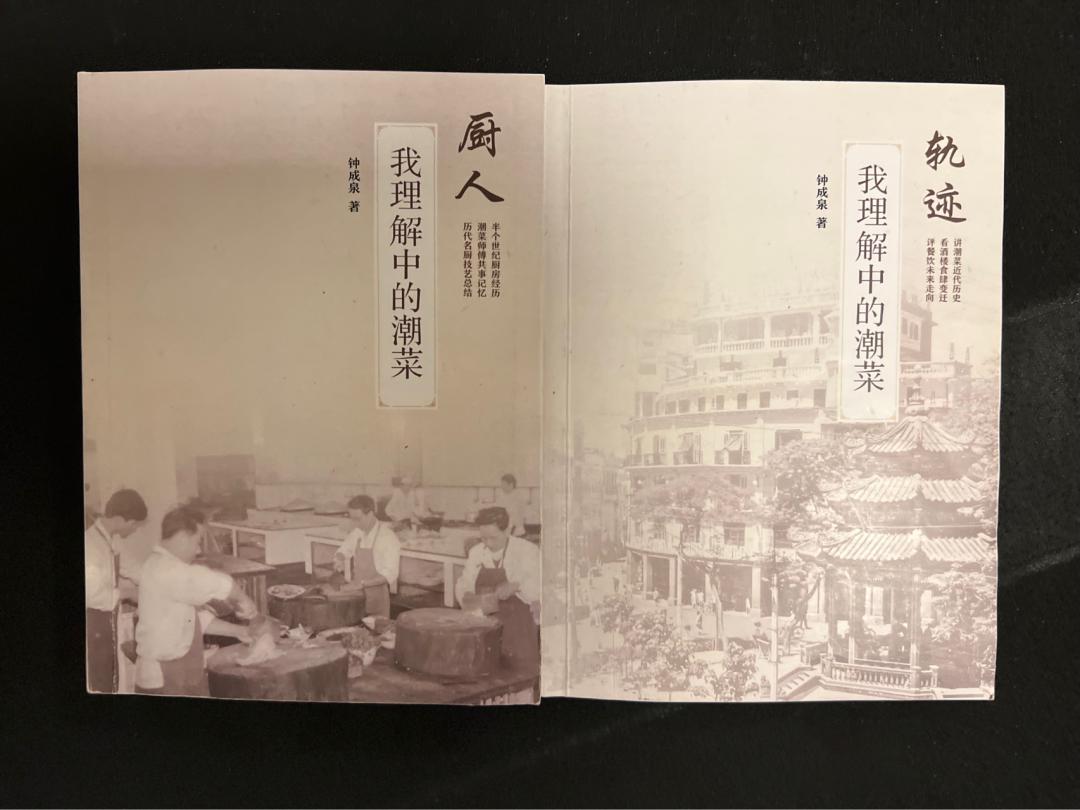
A few days ago, Uncle Zhong sent two manuscripts, one was "Track", and the other was "Chef", both of which belonged to the "I understand" series. This is the new book that needs me to write. The two books continue his attention to the famous shops and chefs, and outlines the "trajectory" in one heart: the trajectory of the human, the trajectory of the shop, the trajectory of the taste, the trajectory of the turning of tide vegetables, the trajectory of the tide flavor, and the trajectory of the increase or decrease of ingredients. The trajectory formed by the cuisine. I read and moved between the lines in the words, and I still feel the sense of mission and history of Uncle Zhong. He always feels that he has the responsibility to record the rise and fall of the store and the ups and downs of personnel. In these two books, we see the history of Chaozhou, the history of Shantou, the history of Chaozhou, the history of Shantou, and even the history of Chaozhou. He used his carefully collected memory to provide us with an important dimension of the history of food culture -the perspective of the cook, and the world of the diet. In the cultural history of many cities, this dimension is missing and ignored. Uncle Zhong let us recognize: Where does the food culture talk about without the creativity and creation of the chef? He reminded us with the active memory and living image: we must not ignore the creation of important chefs in history; cooking can be marketized, localized, and popular. Essence Regarding food, what we see is the dish, the customer's score, and the gourmet evaluation, but we can not see the scenery in the kitchen, the change of ingredients, the birth of "hot" and during the cooking process Too many highlighting, you can't see the unique activity of famous chefs, the rise and fall of famous shops. Uncle Zhong used his book to let us see it all. Before the old city of Shantou, every time I went to Shantou, as long as I had time, I liked to go around the small park. I came here from such a brand -new modern city in Shenzhen, and I think novelty, as if I suddenly crossed back to my unknown era. A kind of unrefined ruined, the decline of the original ecology, the old abandoned old, and the once bustling rhyme, began in front of the eyes. Some people live, some fireworks, but there are no cars, rarely lively in the world. Walking in the streets, there are dense wires or other cables on the top of the head. After the sky is sieved by the "wire network", the "broken cracks" are firmly printed. Blue and gray walls, mottled doors and windows, potholes and roads, strange smells, horizontal clothes ropes and poles ... However, the streets and alleys are vertical and horizontal, and the large pattern is still there. On the wall of Shantou Building, the noise of the past seemed to be still there. Turning around Nantsheng Building, the vaguely heard the sound of the elevator. At that time, I did not ask for it. I broke into this completely strange world. I just felt like watching movies. In addition, there was a background of Shenzhen Wanlou Peak Gathering in my mind. This old urban area suddenly flashed a strange light. I don't even need to know the names of the vertical and horizontal streets, and I don't have to understand the origin of each house. I think I am already very happy, just like reading an original antique leather book. Although I don’t understand the text content, it does not hinder me that I think the decoration is particular, the illustrations are moving, the fonts are beautiful, the layout of the style, the worn lingers and the hair corner and the distribution of the hair Huang's paper tells the story of the predecessor or predecessor.
However, it is also the old urban area, in the eyes and pens of Lao Zhong's uncle Zhong, there is a completely different scenery. At the beginning of the second section of "Shantou Building" in the book, Uncle Zhong wrote:
"I wandered, how many times, I wandered in the old streets in the old city of Shantou City. Looking at the old corners, the rows of old -fashioned buildings gradually aging due to lack of maintenance. The dilated phenomenon, sour in my heart. "
I just read it here. I remembered the mood of "if I got the treasure" when I was "visiting" the scenery around the small park more than ten years ago, and immediately felt a bit of "text that is wrong".
This old urban area turned out to be the sad place of Uncle Zhong. Here are a few places he worked when he was young: Shantou Standard Dining Room, Fragrant Snack Room, Mom Palace Glutter Store, Shantou Hostel Restaurant, Shantou Building (Yongping Restaurant), Shantou City Second Admissions Center (Tao Fang Fang Fang Old restaurant site) and so on. "Now the old shadows in my mind are still lingering ...".
When Lao Zhong wrote the article "Shantou Building", the opening area of the small park was fixed. "It's all repaired," he wrote. "Yongping's road head, the exterior wall of the Shantou Building on the 8th floor, the scaffolding was removed, and the appearance was actually a new look. It's. "
This Shantou Building has evolved in Shantou's Chao Cai culture and the growth of several generations of tide cuisines. Uncle Zhong even called it "the highest hall of modern tide vegetables". The predecessor's Yongping Restaurant was completed in 1920. At the beginning of the opening, famous teachers gathered together, and they were all bombed by the Japanese army. The restaurant built at the original site, eight -story, "Qingtian", continued to operate tide vegetables, also has hotel accommodation, and also added an elevator. In 1956, it was renamed "Shantou Building".
In the article of Lao Zhong's article, in the 1960s and 1970s, Shantou Building, which has a number of top tide cuisines, was a dream where many chefs were dreaming. He had been fortunate to have worked there for four or five months. Still glory to the temporary one element of Shantou Building. Later, they walked in the old urban area many times. "Seeing this broken Shantou building building, it is inevitable that the taste is mixed. The Chao Cai Hall that the chefs have looked up have lost their glory ..."
Therefore, when describing the mood of "being repaired", he changed his plain, calm, and bland pen and ink, and rarely acted: "Fixed, the appearance of Shantou Building has been repaired, Shantou City No. 1 A restaurant with an elevator has been repaired under all aspects. "One consecutive three" fixed ", which shows that its surprise is overwhelming, and its thoughts are full of thoughts.
On this day, he also visited the newly established Shantou Cultural Exhibition Hall, Overseas Chinese Cultural Museum and Customs History Exhibition Hall in the old building after renovating the old building. He praised the Customs History Exhibition Hall the prosperity of the years of Shantou's business ports in the past, and the Chinese Cultural Relics Museum witnessed the struggle and tears of Chaoshan compatriots and the feelings of the country's country. It is the context and resume of Shantou's 160 years of urban development.
I have also browsed these three museums and admired it. But my admiration is just for the "three halls" to make people open and rise, and the admiration of Uncle Zhong is of course different from me. He has repeatedly admired that in fact, his mood was very complicated, and he was still mixed. He sincerely appreciated and even envious of the "Three Museums", and he was not satisfied, and he was looking forward to it. In this way, all his admiration is to lead to the next sentence:
"If the dietary cultural business card of Chao Cai is used as a display museum with the restored Shantou Building, it will be more perfect."
He even designed four parts of the "Shantou Building Food Culture Exhibition Hall" for the "Shantou Building Food Culture Exhibition Hall": First, the trajectory and development trajectory of the tide dishes; second, display the famous restaurants of Shantou to show the opening of the tide dishes. The hub and the center status; third, introduce all the banquet dishes and stall snacks in the field of view of the "Da Chao"; fourth, promote the famous cuisine.
The end of this article is like this:
"If one day, our thoughts come true, and the energy of Shantou Building has played a role again. It will be the soul of the tide of tide."
When I read this, I couldn't help thinking that the old Uncle Zhong had been actively and automatically made a tide -tide soul -flavored soul recruiter. In addition to running the Donghai Restaurant, he has always contained a "Shantou Building" in his heart. In this building he imagined, the old shops and old shops have been resurrected. The four restaurants are fighting among the four restaurants. In your own legend, every room has his own story. With the text of Uncle Zhong, we boarded the eighth floor and looked around. We saw the tide of Chao Cai not only continued to float in Chaoshan, but also continued to float further. Shenzhen, Guangzhou, Hong Kong, Beijing, overseas ...
Hu Hongxia/Wen
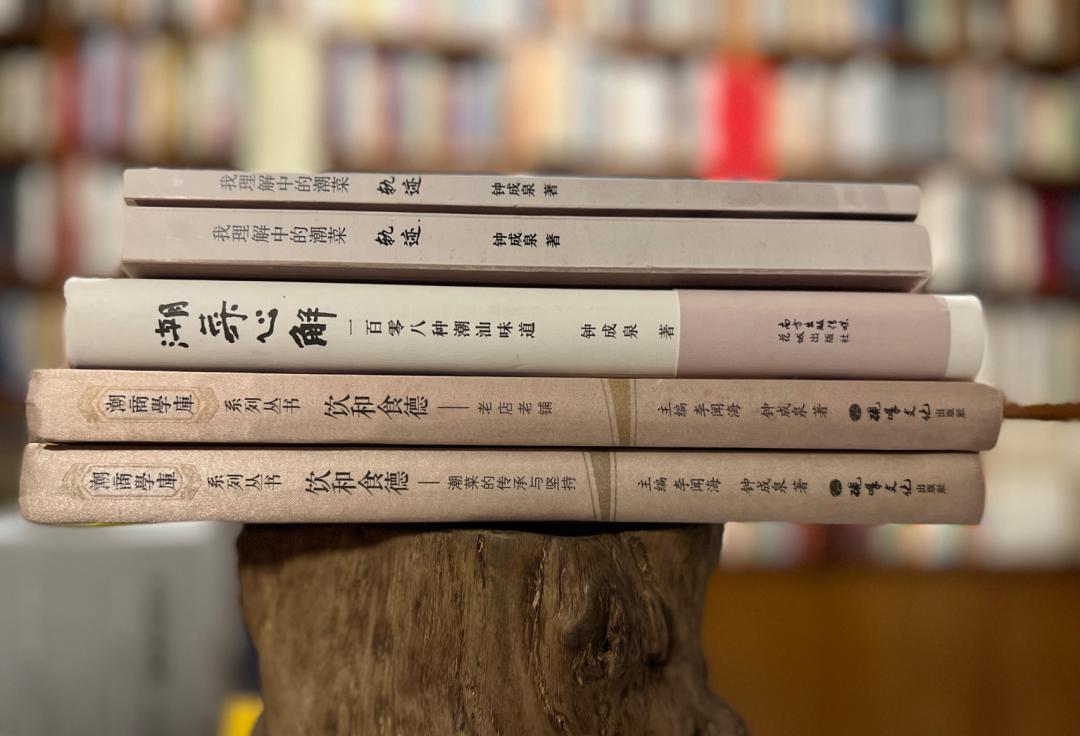
- END -
Children's Book Properties in the Great Age 丨 Phoenix Book Review

Wang YiqingWhen I received the invitation of the Phoenix Book Review, I was also c...
Yue Reward | Painter Li Yizheng's childlikeness
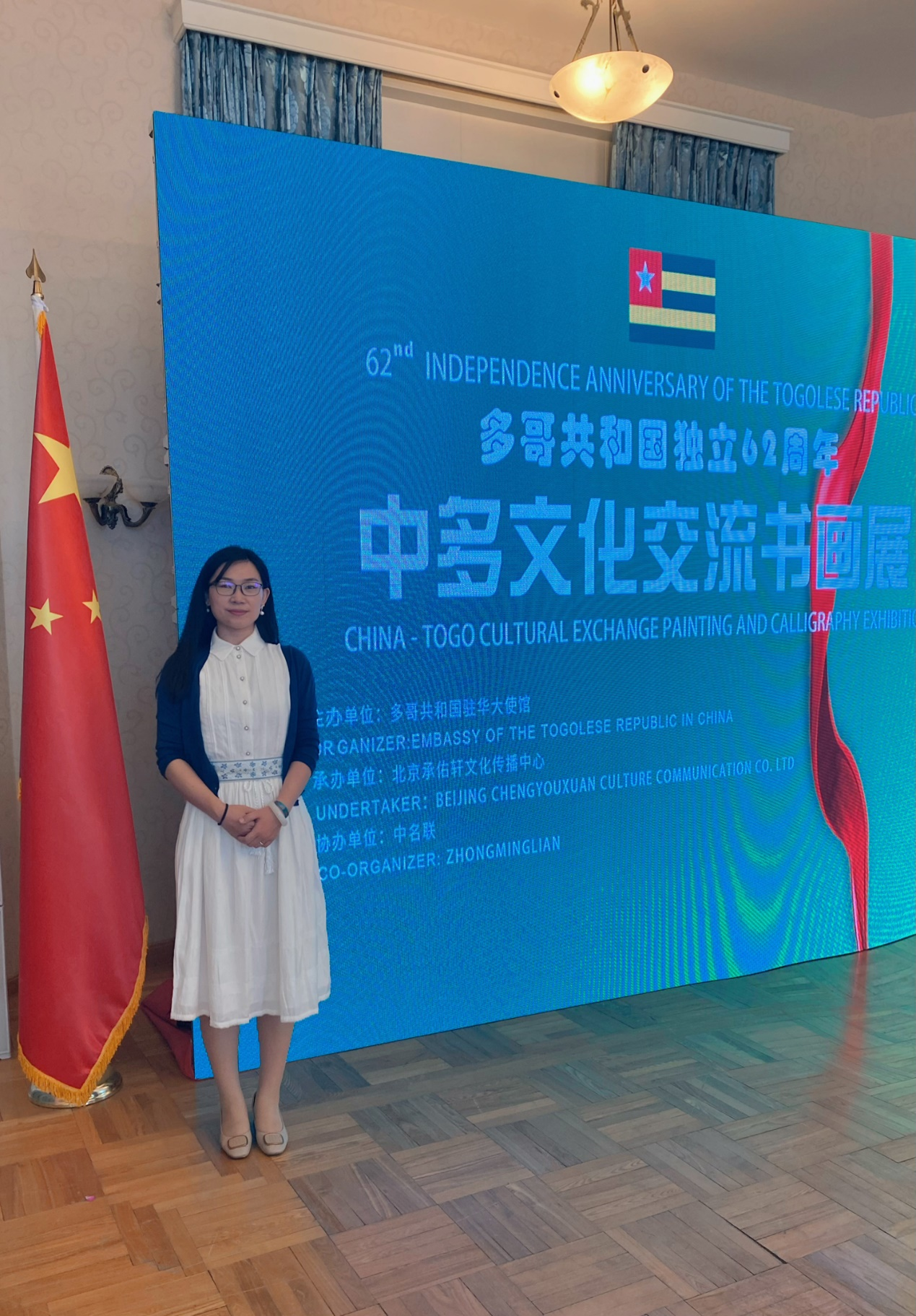
【Art Resume】Li Yizheng. Member of Chinese Artists Association.In September 2014,...